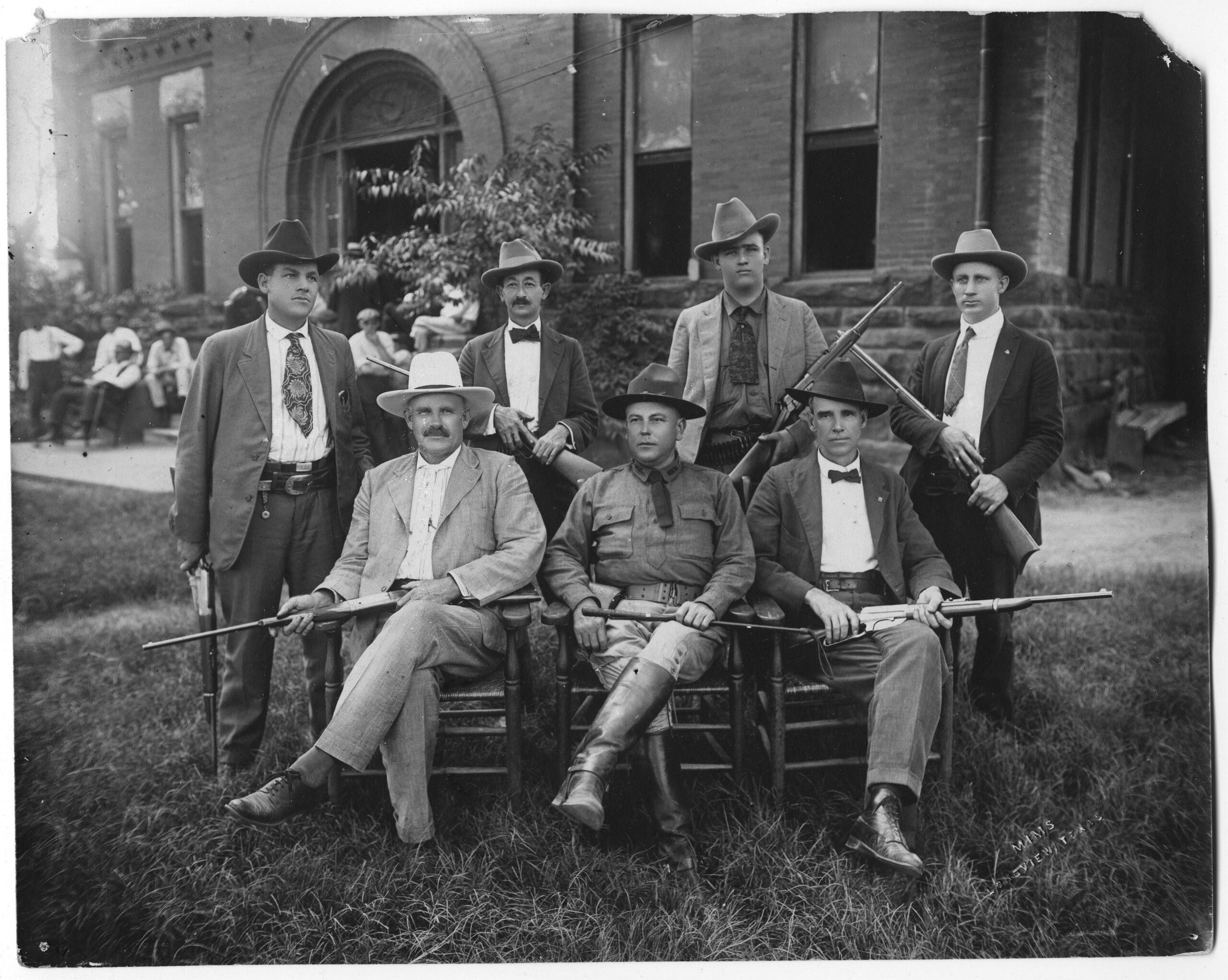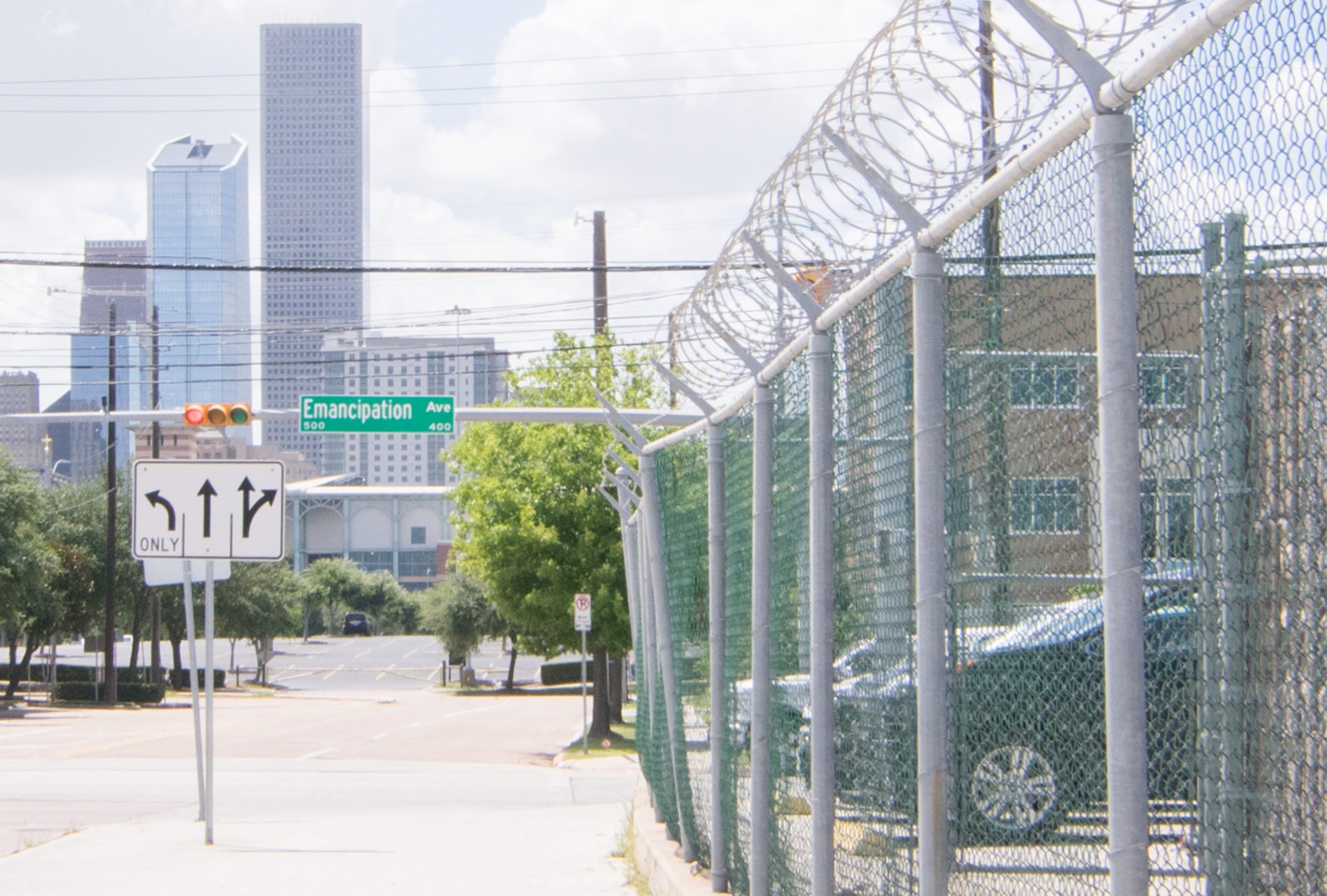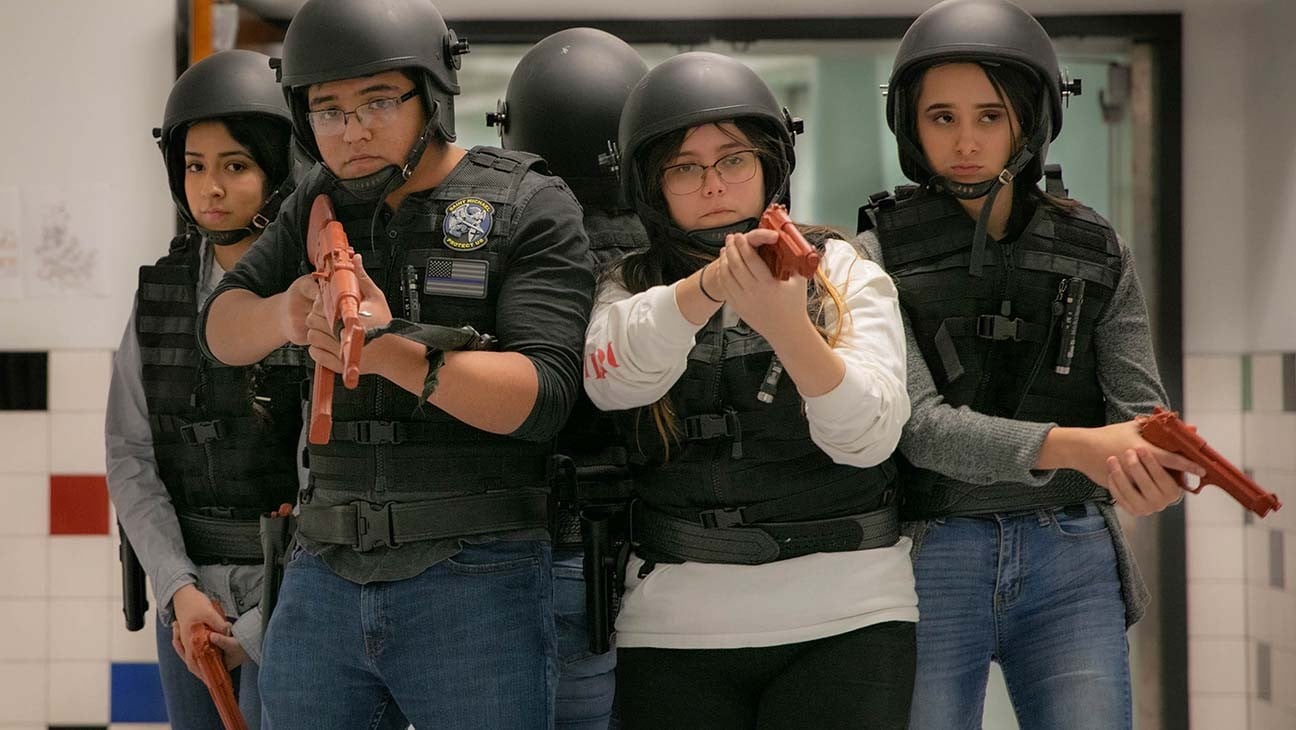
The Border Patrol Serial Killer Is Part of a Long, Troubled History
A rash of violent crimes by Border Patrol agents in the Laredo area is nothing new for the agency sometimes dubbed the "green monster."

On Monday, five weeks into her official tenure as chief of Border Patrol, Carla Provost traveled from Washington, D.C., to Laredo to discuss a confessed serial killer within her ranks. Juan David Ortiz, a 10-year Border Patrol veteran and supervisor in the region, had admitted he spent September driving sex workers out to rural Webb County and shooting them in the head. He allegedly killed four women before a fifth escaped last Friday and reported him to a state trooper, leading to his arrest and a confession the local DA described as “cold” and emotionless.
At a press conference, Provost offered her condolences to the victims’ loved ones. Then she turned, quickly, to another point. “This was one rogue individual,” she said. “I would hate for this to tarnish the great work that our men and women do.”

The defense was necessary. In the Laredo sector alone, which hosts some 1,700 of the 20,000 total Border Patrol agents, Ortiz is at least the fourth patrolman to be arrested this year. The other cases include an agent who allegedly murdered his lover and 1-year-old child; another allegedly sexually assaulted a woman after threatening her with deportation. Yet another agent, who hasn’t been identified or arrested, shot and killed an unarmed 20-year-old Guatemalan woman in May. In a question during Monday’s press conference, one reporter charitably dubbed this history “a series of very tragic coincidences.”
But the rash of Border Patrol misconduct in Laredo is nothing new for the agency sometimes called the “green monster.” Rather, the nation’s largest law enforcement agency has long been a hotbed of violence and corruption.
From 2005 to 2012, U.S. Customs and Border Protection (CBP) agents were arrested 2,170 times for misconduct, such as domestic violence and drunk driving, government inspectors found. CBP, which includes Border Patrol and customs agents, was also the target of 1,187 complaints of excessive force from 2007 to 2012. Since 2004, more than 200 agents have been arrested on corruption-related charges, including at least 13 under Trump. And a 2013 government-commissioned report found that Border Patrol agents regularly stepped in the paths of cars to justify firing at drivers, as well as shooting at rock-throwers, including teenagers on the Mexican side, with the intent to kill.
“I would hate for this to tarnish the great work that our men and women do.”
According to public statements from former high-level CBP employees, the mess stems largely from the agency’s explosive growth in the feverish years following 9/11. During his second term, George W. Bush doubled the size of Border Patrol. “From an integrity issue, you can’t grow a law enforcement agency that quickly,” Robert Bonner, Bush’s own CBP commissioner, told Politico in 2014. In a court filing, two ex-officials who led the agency’s Office of Internal Affairs wrote that “inadequate” screening had led the agency to hire actual cartel members. They also accused Border Patrol of behaving more like a military agency than a civil police force, as well as abusing its extra-constitutional powers within 100 miles of the border.

Since his inauguration, Trump has tried, and so far failed, to replicate Bush’s mistake. Last January, Trump ordered the agency to add 5,000 Border Patrol agents “as soon as is practicable.” CBP has since streamlined its hiring process, including reducing polygraph requirements, and handed a $297 million contract to a private firm to help out. But so far, attrition has outweighed new hires, and the agency has fewer agents than when Trump took office. (Border Patrol jobs are relatively low-paying and based in remote locations; thanks to the economic recovery that began under Obama, would-be applicants might simply have better options.)
As Trump has pushed his ill-advised hiring surge, he’s paid no mind to screening for bad apples or weeding out corruption. Instead, he’s coddled and lionized immigration agents. In an August pep rally of sorts for Border Patrol and ICE, Trump — the first presidential candidate ever endorsed by the Border Patrol union — stumbled through a typical proto-fascist homage. He called the gathered officers “heroes,” then bashed immigrant rights activists for supposedly perpetrating an “unprecedented assault” against the agents.

“That you have to go through what you’re going through, being demeaned by people who have no idea what strength is, is really very sad,” Trump told the officers, whose agencies are still under fire for implementing his disastrous family separations policy. “They just have big, loud mouths and we don’t want to put up with that, and I just want you to know that you’re loved.”
In the same vein, Trump, along with Texas politicians including Senator Ted Cruz, leaped last November on reports that a Border Patrol agent had been killed near Van Horn, Texas, perhaps by rock-wielding drug smugglers. No government source had confirmed the account, but that was irrelevant; the story fit too nicely into their narrative of heroic border cops battling violent invaders. (No matter that it’s four times more dangerous to be a local police officer than a Border Patrol agent.) Three months later, the FBI announced it found no evidence of foul play in the patrolman’s death — prompting crickets from Trump et al.
On the subject of serial killer Juan David Ortiz, or the agent who killed the unarmed 20-year-old, or any other case within the steady stream of Border Patrol corruption and violence, the silence is equally deafening.


